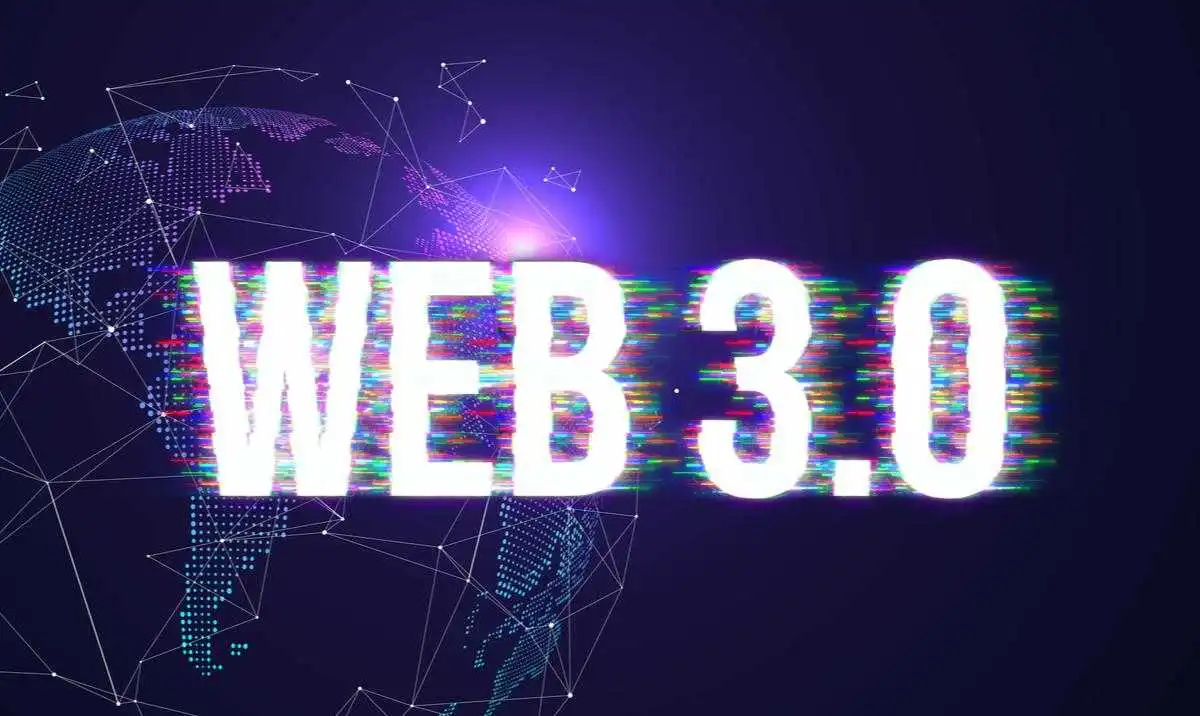Navigating the Waters of Web3: A Glimpse into the Future of the Internet
by
-
5 minutes read
-
March 30, 2021

Introduction
The evolution of the internet has been a transformative journey, altering the way we connect, communicate, and conduct business. Web3, the next frontier in this digital revolution, promises to reshape the landscape even further. With its decentralized architecture, blockchain technology, and enhanced user control, Web3 has the potential to revolutionize various industries, from finance and gaming to social interactions and beyond.
What is Web3?
Web3 represents a paradigm shift from the traditional web, often referred to as Web2. While Web2 facilitated the creation of social media, e-commerce, and cloud-based services, it retained a centralized structure, leaving users reliant on intermediaries to manage data and transactions. In contrast, Web3 introduces a decentralized approach, aiming to restore control and ownership of data to users themselves.
At its core, Web3 relies on blockchain technology, the same underlying technology that powers cryptocurrencies like Bitcoin and Ethereum. This technology enables the creation of decentralized applications (dApps), smart contracts, and digital assets. Unlike traditional websites, dApps operate on a peer-to-peer network, eliminating single points of failure and reducing the influence of intermediaries.
At its core, Web3 relies on blockchain technology, the same underlying technology that powers cryptocurrencies like Bitcoin and Ethereum. This technology enables the creation of decentralized applications (dApps), smart contracts, and digital assets. Unlike traditional websites, dApps operate on a peer-to-peer network, eliminating single points of failure and reducing the influence of intermediaries.
Key Features of Web3
- Decentralization: Web3‘s decentralized architecture eliminates the need for intermediaries, ensuring that data, transactions, and interactions occur directly between users. This enhances security, reduces the risk of censorship, and fosters a more transparent online environment.
- Blockchain Technology: The backbone of Web3, blockchain technology secures data and transactions through its transparent and immutable ledger. Smart contracts, self-executing code embedded within the blockchain, enable automated and tamper-proof agreements.
- Digital Identity and Security: Web3 introduces the concept of self-sovereign identity, allowing users to control their personal data and share it selectively. This enhances privacy and security while mitigating the risks associated with centralized data breaches.
- Tokenization and Digital Assets: Web3 facilitates the creation and exchange of digital assets and tokens, enabling new economic models, reward systems, and ownership structures. This has profound implications for areas like gaming, art, and even real estate.
- Interoperability: Web3 aims to create a more interconnected digital ecosystem, where various dApps and platforms can seamlessly communicate and collaborate. This fosters innovation and reduces fragmentation within the digital space.
The Impact of Web3
- Finance and Cryptocurrencies: Web3‘s decentralized nature disrupts traditional financial systems, offering borderless and censorship-resistant transactions. Decentralized finance (DeFi) platforms enable users to borrow, lend, and trade assets without intermediaries, democratizing access to financial services.
- Gaming and Virtual Worlds: Web3 revolutionizes the gaming industry by allowing players to truly own in-game assets through non-fungible tokens (NFTs). These unique digital items can be bought, sold, and used across different games and platforms, blurring the lines between virtual and real-world economies.
- Content Creation and Ownership: Content creators can tokenize their work, granting them more control and revenue potential. Consumers can directly support creators through micropayments, fostering a more direct and equitable relationship.
- Supply Chain and Traceability: Web3 enhances transparency and traceability in supply chains, enabling consumers to verify the origin and authenticity of products. This is particularly important for industries such as agriculture, luxury goods, and pharmaceuticals.
- Social Interactions and Governance: Decentralized social networks empower users to control their data and interactions, reducing the influence of centralized platforms. Web3 also enables new forms of decentralized governance, allowing stakeholders to participate in decision-making processes.
Challenges and Considerations
While Web3 holds immense promise, it also faces challenges. Scalability, energy consumption, regulatory concerns, and user adoption are some of the key issues that need to be addressed. Additionally, transitioning from the familiar Web2 ecosystem to Web3 requires a paradigm shift in mindset and infrastructure.
Conclusion
Web3 represents a bold vision for the future of the internet, one that empowers users, enhances privacy and security, and fosters innovation across industries. As we navigate this uncharted territory, it‘s crucial to strike a balance between the potential benefits and the challenges that lie ahead. Whether Web3 achieves its full potential or evolves into something different, there‘s no denying it‘s potential to reshape the digital landscape for generations to come. As we stand on the cusp of this transformation, embracing the principles of decentralization, ownership, and innovation will be key to realizing the true power of Web3.